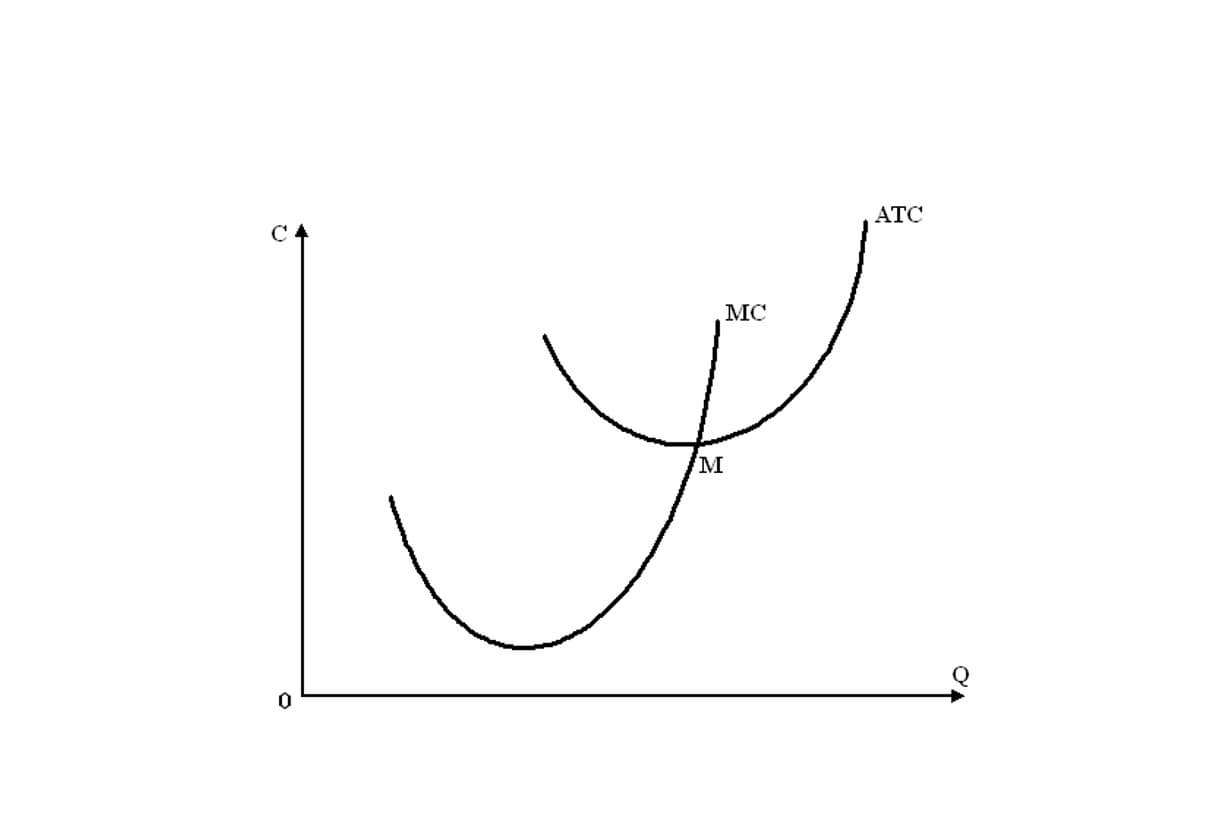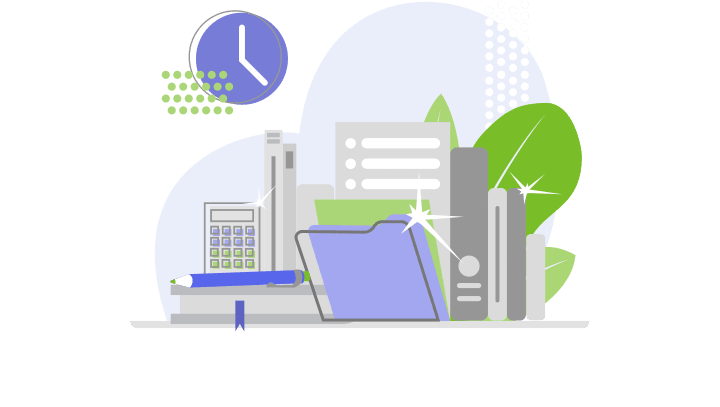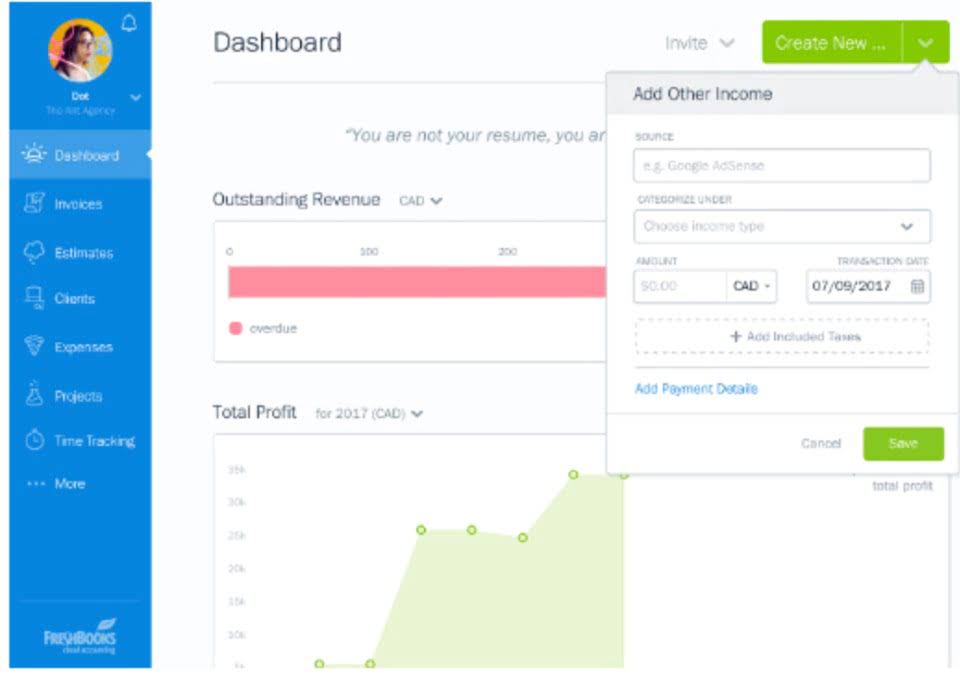
However, you’ll still have to pay the rent on the building, pay your insurance and property taxes, and pay salespeople that sell the products currently in inventory. That would depend on whether the depreciation is on property and equipment related to the manufacturing process or not. Long-term care insurance can be an excellent investment if you’re worried about potentially needing to pay for long-term care. Nursing home and assisted living care can be expensive and long-term care coverage can lessen your family’s financial burden and offer you peace of mind. The federal government’s Administration for Community Living says the exact cost of long-term care varies by the duration and type of care, the providers and where you live.
List of Product Costs

If you want to request a wider IP range, first request access for your current IP, and then use the “Site Feedback” button found in the lower left-hand side to make the request. We estimate that the total extra cost of the junior doctor settlement above what the NHS was funded for will be in the region what is period costs of £600 million. The bulk of long-term care insurance claims happens after a person turns 75. The AALTCI says only 19% of LTC insurance claims begin before a person is 75 years old. It’s wise to buy long-term care insurance before your 50s, so you can have it in place if you need long-term care.
Treatment of Product and Period Costs in Financial Statements
Both product costs and period costs directly affect your balance sheet and income statement, but they are handled in different ways. Product costs are always considered variable costs, as they rise and fall according to production levels. When preparing financial statements, companies need to classify costs as either product costs or period costs. We need to first revisit the concept of the matching principle from financial accounting. On the other hand, period costs are considered indirect costs or overhead costs, and while they play an important role in your business, they are not directly tied to production levels.
Direct Materials
- When preparing financial statements, companies need to classify costs as either product costs or period costs.
- Period expenses are costs that help a business or other entity generate revenue, but aren’t part of the cost of goods sold.
- In contrast, product costs are expensed as products are sold, not when the business purchases them.
- From there, you can make decisions that will make your business more profitable.
- In the case of manufacturers, it is any cost incurred to produce the products to be able to sell them.
- Period costs are the costs that your business incurs that are not directly related to production levels.
Product costs (direct materials, direct labor and overhead) are not expensed until the item is sold when the product costs are recorded as cost of goods sold. Period costs are selling and administrative expenses, not related to creating a product, that are shown in the income statement in the period in which they are incurred. They are identified with measured time intervals and not with goods or services. Period costs can be defined as any cost or expense items listed in the firm’s income statement.

Product costs, also known as direct costs or inventoriable costs, are directly related to production output and are used to calculate the cost of goods sold. In addition to categorizing costs as manufacturing and nonmanufacturing, they can also be categorized as either product costs or period costs. This classification relates to the matching principle of financial accounting. Therefore, before talking about how a product cost differs from a period cost, we need to look at what the matching principle says about the recognition of costs. Direct product costs consist of those which can be easily identified and traced back to the product, they include direct materials and direct labor.
- When you differentiate period costs from others, you’re breaking down your expenses to provide insights about where your money is going.
- Overhead is part of making the good or providing the service, whereas selling costs result from sales activity, and administrative costs result from running the business.
- In other words, period costs are related to the services consumed over the period in question.
- In general, period expenses include items such as rent, utilities, insurance, and property taxes.
- Therefore, the cost of inventories (Cost of Goods Sold, or COGS) is the same as product costs.
- Period costs are costs that are not involved directly in the manufacturing process of inventories.
Also, fixed and variable costs may be calculated differently at different phases in a business’s life cycle or accounting year. Whether the calculation is for forecasting or reporting affects the appropriate methodology as well. Production costs are usually part of the variable costs of business because the amount spent will vary in proportion to the amount produced. However, the costs of machinery and operational spaces are likely to be fixed proportions of this, and these may well appear under a fixed cost heading or be recorded as depreciation on a separate accounting sheet. Cost of goods sold refers to the cost of production of goods, so it is a period cost. One must decide whether an expense is directly tied to the manufacturing process of inventories or not.

What is the government’s pay offer to junior doctors and how much will it cost the NHS? A Q&A
